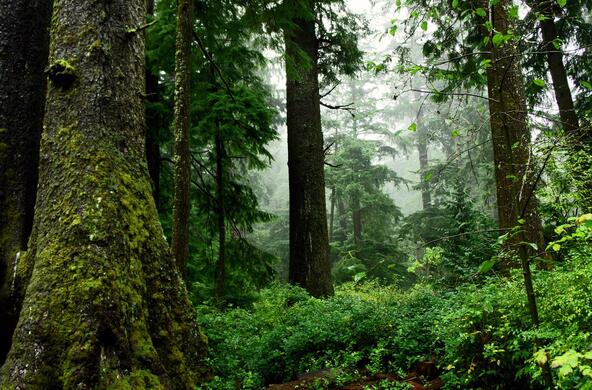The forest has many stories to tell. Tom Wessels, ecologist and author of Reading the Forested Landscape and Forest Forensics, teaches us to read landscapes the way we might solve a mystery. Why do beech and birch trees have smooth bark when the bark of other northern species is rough? How do you tell the age of a beaver pond or determine if beavers still reside there? Why are pines dominant in one patch of forest, while maples are dominant in another?
Using photos from Cary Institute’s 2,000-acre research campus, and images submitted by participants, Wessels discusses forest dynamics and history, coevolved interactions among forest species, and unique tree adaptations.
On a walk in the woods have you encountered interesting growth patterns, evidence of disturbance (either natural or human-made), or unique geological features?
Wessels is a terrestrial ecologist and professor emeritus at Antioch University. In addition to Reading the Forested Landscape and Forest Forensics, he is the author of The Granite Landscape, The Myth of Progress, and New England’s Roadside Ecology.
Additional resources
Presentation slides (pdf)
New England Forests on YouTube
@newenglandforests
Reading the Forested Landscape, Parts 1-3 (+ a trove of other forest ecology resources!)







